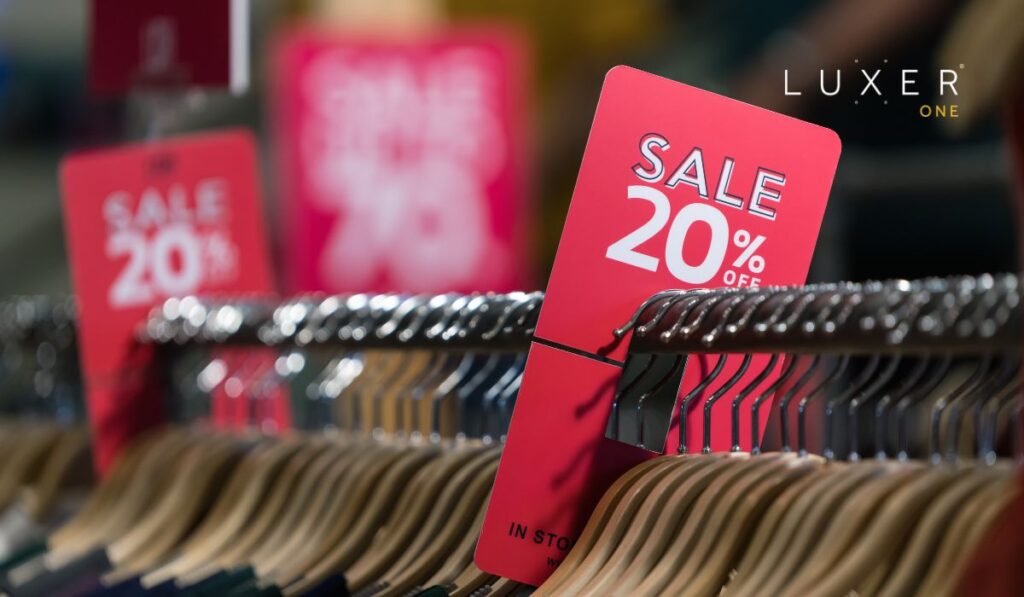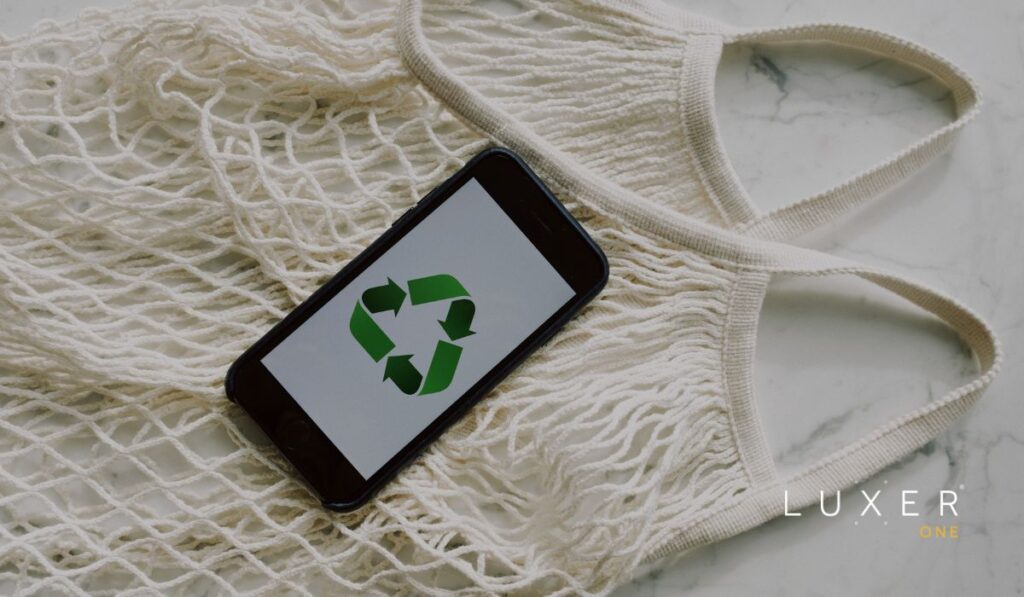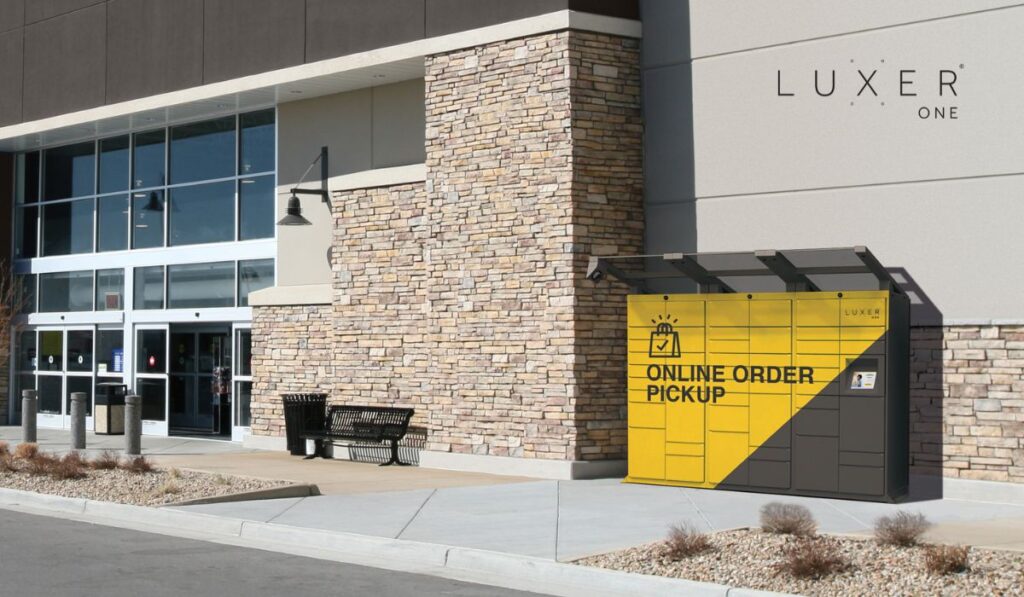Retail is being redefined by the rising influence of Gen Z (13-28 years old) and Millennials (29-44 years old). These generations are redefining consumer spending habits, as they shop, spend, and engage with brands in fundamentally different ways than their predecessors. Retailers who want to thrive in this modern landscape must understand that traditional tactics no longer apply. It’s not just about chasing trends, it’s about aligning with new values, behaviors, and convenience.
Digital-Driven, Socially Influenced
Gen Z and Millennials are digital natives, but that doesn’t mean they’re exclusively shopping online. Instead, they blend digital and physical channels seamlessly, often researching online before visiting a store. More shoppers than ever are discovering products through social media. In fact, 87% of buyers say social media helps them make shopping decisions. Platforms like TikTok, Instagram, and Pinterest have become modern-day shopping malls, places where trends are born and buying happens in real time. In-app shopping is on the rise, with features like TikTok Shop, Instagram Checkout, and Pinterest’s “Shop the Look”. The entire path from discovery to conversion is being collapsed into a single platform with just a few clicks.
For these generations, authenticity matters as much, if not more, than aesthetics. But it’s not just about big-name influencers, micro-creators and peer reviews often carry just as much (if not more) credibility. For these shoppers, trust is earned through authenticity, not celebrity. This digital influence extends beyond product discovery to post-purchase engagement. Younger shoppers want to tag brands, post unboxings, write reviews, and receive fast, human responses to questions. The customer journey doesn’t end at checkout, it continues through interactions, updates, and shared experiences.

Price Conscious but Value Obsessed
While Gen Z and Millennials are careful with their spending, especially in times of economic uncertainty, they’re not necessarily frugal. Instead, they’re highly intentional. They’ll splurge on products that offer quality, longevity, and multifunctionality, and they’ll abandon a purchase in seconds if shipping costs or return policies seem unreasonable. Value is defined less by sticker price and more by what the product or experience delivers in return: time saved, effort reduced, or needs met in creative ways.
Multifunctionality is highly prized. Younger consumers gravitate toward items that serve multiple purposes or solve more than one problem. A high-performance water bottle that tracks hydration? A beauty serum that combines skincare with SPF and tint? A pair of shoes that works for both the gym and the office? These are the kinds of products that get attention, and repeat purchases.
Convenience is part of the value equation. That’s why these shoppers prioritize flexible fulfillment options like curbside pickup and buy online-pick up in store (BOPIS). Instead of roaming aisles, younger shoppers prefer streamlined experiences where purchases can be made and scheduled for pickup within minutes. It’s all about speed, control, and efficiency.

Inclusivity, Sustainability, and Ethical Alignment
Shopping is no longer just a transaction for these generations, it’s personal. More than any previous generation, Gen Z and Millennial shoppers expect brands to stand for something meaningful. Price and product matter, but a brand’s values often tip the scales. Whether it’s sustainability, inclusivity, or ethical labor practices, younger shoppers increasingly put their money where their beliefs are.
Inclusivity is a baseline, not a bonus. These generations look for diverse representation in marketing, product design, and customer service. Clothing retailers that offer extended sizing or beauty brands that create foundation for every skin tone, are not only celebrated but expected to meet these standards. If a brand falls short, younger consumers are quick to notice and disengage.
Sustainability is another major factor in the buying decision. 61% of consumers agree environmental issues are having an adverse impact on their current and future health, and are willing to pay more for products that are sustainable. This means recyclable packaging, transparent supply chains, carbon-neutral operations, and products designed with longevity in mind. A fast, cheap product that creates unnecessary waste is likely to lose out to a slightly more expensive one that aligns with eco-conscious values.

Where Luxer One Fits In
Luxer One helps brands close the loop between digital discovery and physical fulfillment, offering flexible, secure, and contactless pickup experiences that meet the convenience standard of younger shoppers. Our lockers streamline operations for retailers while delivering the fast, self-directed service modern consumers expect. We prioritize sustainability and eco-friendly initiatives, proven to use less energy than other locker companies, and using at least 70% recycled steel in our products. It’s a small part of the larger customer journey, but one that increasingly matters when satisfaction and loyalty are on the line.

Understanding retail needs of the younger generation, means meeting the demand for faster, smarter shopping. With Luxer One’s self-service BOPIS lockers, give them the convenient and flexible shopping they want. Our secure, contactless pickup system enhances your in-store experience, reduces wait times, and frees up staff, so your customers can shop on their schedule, not yours.
Add Luxer One lockers to your retail location and streamline BOPIS today, contact us today!





